As I write this, I’m wrapping up the first month of my year-long project to improve my foundations. This month was focused on fitness, where I concentrated on establishing a daily, thirty-minute exercise habit.
Next week, I’ll share an update on how my first month went. But today, I’d like to focus on the other side of my year-long challenge: using each month to do a deep dive into the research and expert recommendations for each topic.
To that end, I finished thirteen fitness-related books this month, including two textbooks.1 Below, I’d like to give some of my takeaways, favorite recommendations and some notes on each book.
The 1-Minute Summary of What I Learned
To summarize, in a few words, what I learned about fitness this month:
Regular exercise is essential for your health—probably more so than you think!
Going from zero exercise to some has steeper benefits than going from some to a lot…
…but outside of athletes and physical laborers, most of us are well below the threshold where benefits from increasing exercise plateau.
The recommended minimum of 150 minutes of weekly cardio and twice-weekly weight training is a good baseline (although even more would probably be better).
Cardio is probably most important for health and weight management. However, strength training has benefits you can’t easily achieve through aerobic activities alone, so you should probably do that, too.
Fortunately, the practical advice for exercise is largely uncontroversial. This meant I got to spend a lot of time reading fun and interesting books this month rather than trying to get to the bottom of endless debates.2
Brief Notes on the 13 Books I Read
My favorite book was a re-read: Daniel Lieberman’s, Exercised: Why Something We Never Evolved to Do is Both Healthy and Rewarding. It’s informative and hype-free while covering pretty much anything you’d like to know.
For someone who wants to be inspired to exercise, I recommend Peter Attia’s Outlive: The Science and Art of Longevity. It’s an entertaining read and really sold me on why fitness is one of the best investments we can make, not just to live longer but to enjoy those added years.
For a weird/interesting/fun read, my favorite was Christopher McDougall’s book, Born to Run, a.k.a. the book that convinced everyone to run in those weird-looking gecko shoes. It’s a wild, gonzo adventure that’s bizarre and exciting.
Now, I’ll turn to some notes from each book:
1. American College of Sports Medicine’s Complete Guide to Fitness and Health edited by Barbara Bushman
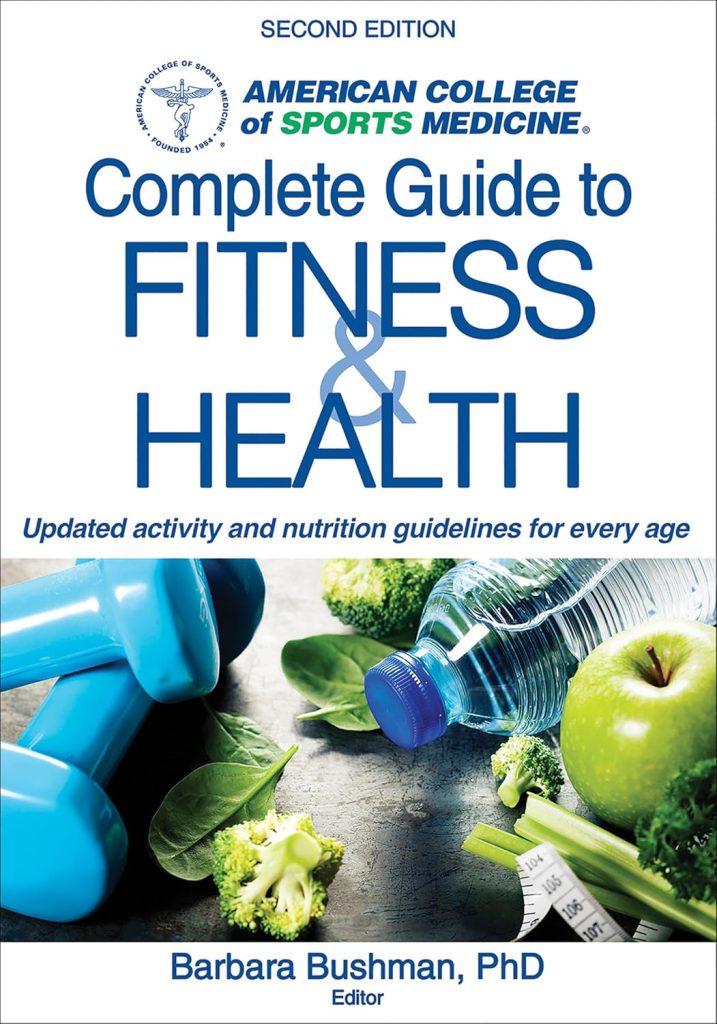
I like reading textbooks when encountering a new field because they generally represent the expert consensus well and give you a baseline for evaluating more provocative claims in other works.
This guide argues in favor of a four-component model to fitness: cardiovascular training, resistance training, flexibility and neuromuscular (a.k.a. stability and dexterity). The first two are important for overall health, and the latter two help you avoid injury and achieve all-round functional fitness.
2. Exercised by Daniel Lieberman
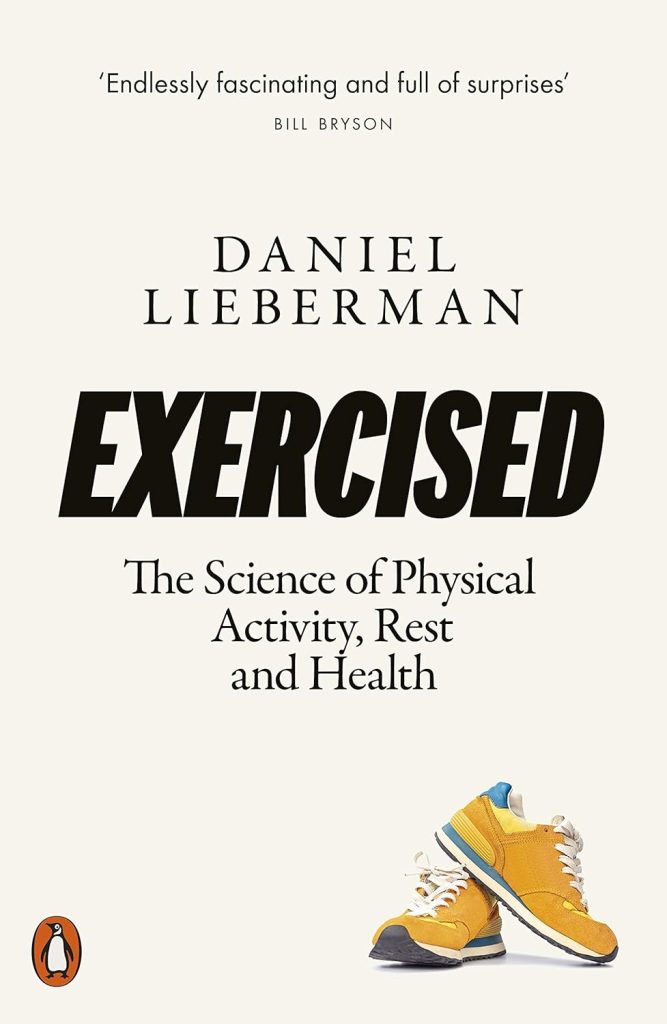
We never evolved to exercise. For almost all of human history, just getting enough calories to stay alive was effortful enough, so we wouldn’t burn them without a good reason. Both hunter-gatherers and preindustrial farmers lived effortful lives, with physical activity levels much higher than the average today.
Yet because additional physical activity was rarely necessary in the past, we didn’t evolve mechanisms to encourage us to be active. Indeed, the tribespeople Lieberman encountered thought it was strange that he went running for no apparent reason, just to stay healthy.
My favorite book of the month, Exercised explains why exercise is helpful, and why we often struggle to stick to it.
3. Finding Ultra by Rich Roll
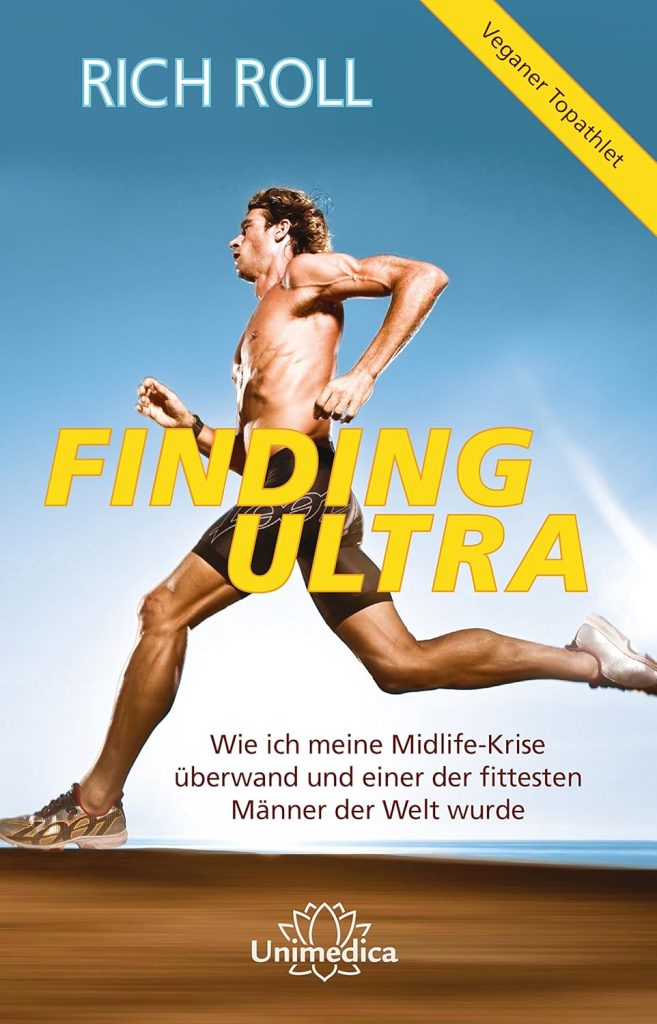
An alcoholic and former competitive swimmer, Roll finds redemption in endurance training and a vegan lifestyle. The journey is impressive, with Roll first pulling himself out of alcohol dependence, only to later realize as a middle-aged dad that his heart was pounding just getting up the stairs.
Roll then transforms himself into an ultra-endurance athlete, culminating in completing five iron-distance triathlons in one week. This is definitely a good audiobook to listen to if you’re thinking about calling it quits on a short run!
4. National Strength and Conditioning Association’s Essentials of Personal Training edited by Jared Coburn and Moh Malek
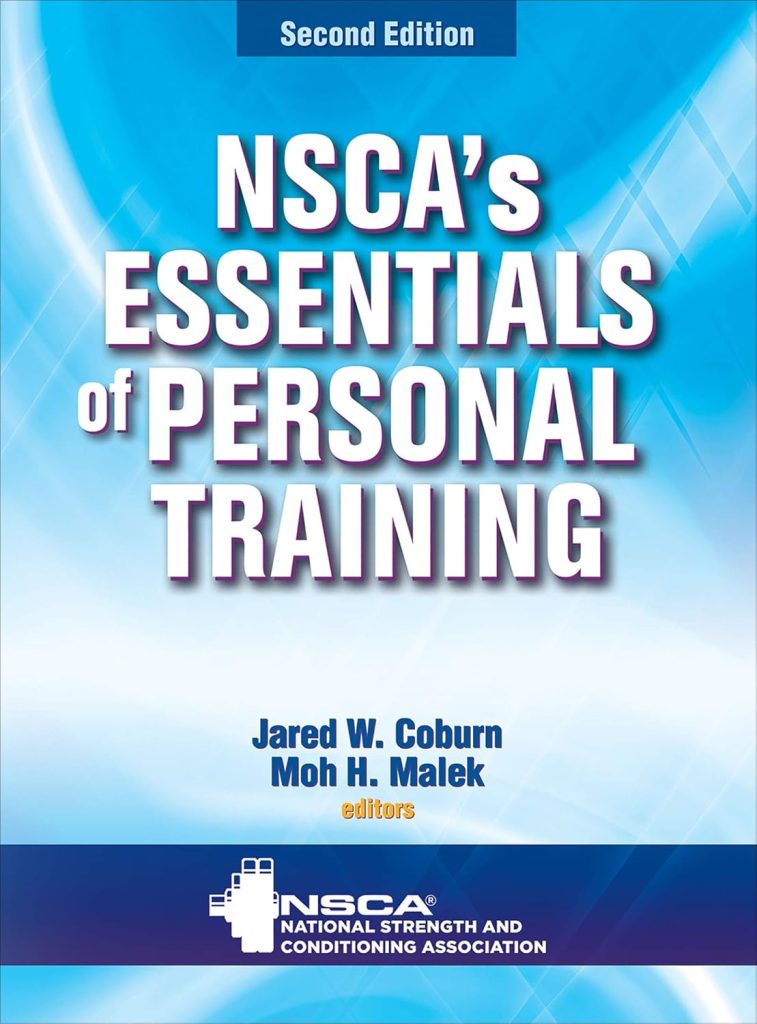
This was the second textbook I read. I have no intention of becoming a trainer, but I figured a textbook that trainers use when studying for certification would have to give me some pretty good background knowledge for my own fitness.
I found the discussion of the biological systems underpinning exercise fascinating. I had known vaguely about the difference between anaerobic and aerobic exercise, but it was interesting to see that spelled out in more biochemical detail. Compared with the ACSM textbook, I found the discussions about optimal training for particular aspects of fitness (aerobic, strength, plyometric) to be useful as well.
5. What I Talk About When I Talk About Running by Haruki Murakami
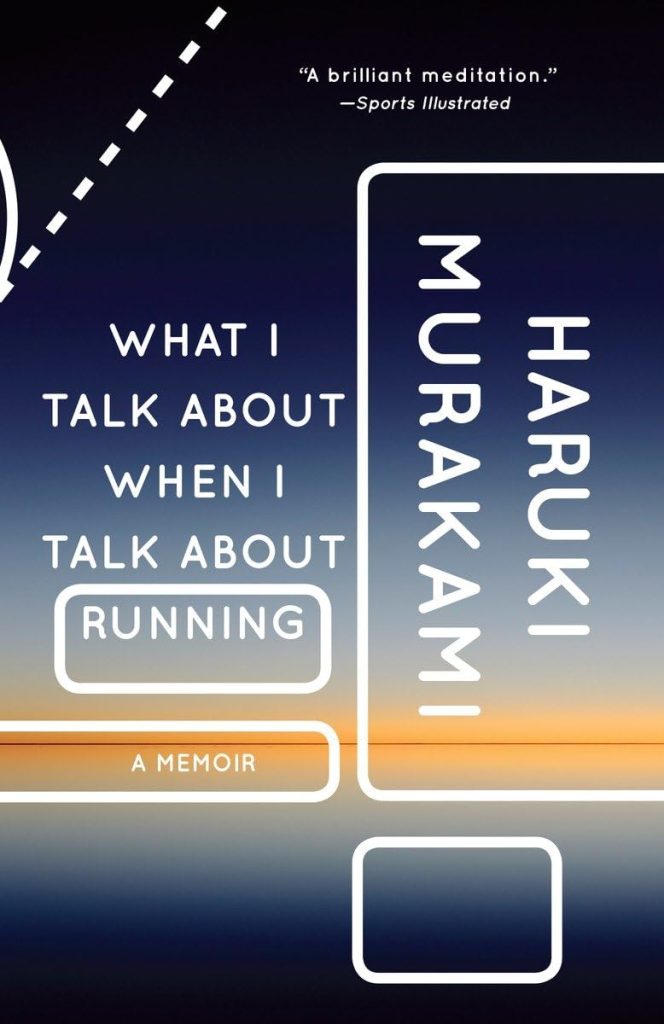
What I liked most about this book was how ordinary Murakami’s motivations for running were. In his mid-thirties, he quit running a jazz club and switched to writing novels. Realizing his work was now much more sedentary, and he couldn’t keep off the weight, he started running. In the decades since, he’s run a marathon almost every year.
Murakami is quite clear about not trying to turn other people onto running. But, in doing so, I found his observations about running to be perhaps more inspiring than fitness gurus who scold you for not exercising enough.
6. Bigger Leaner Stronger by Michael Matthews
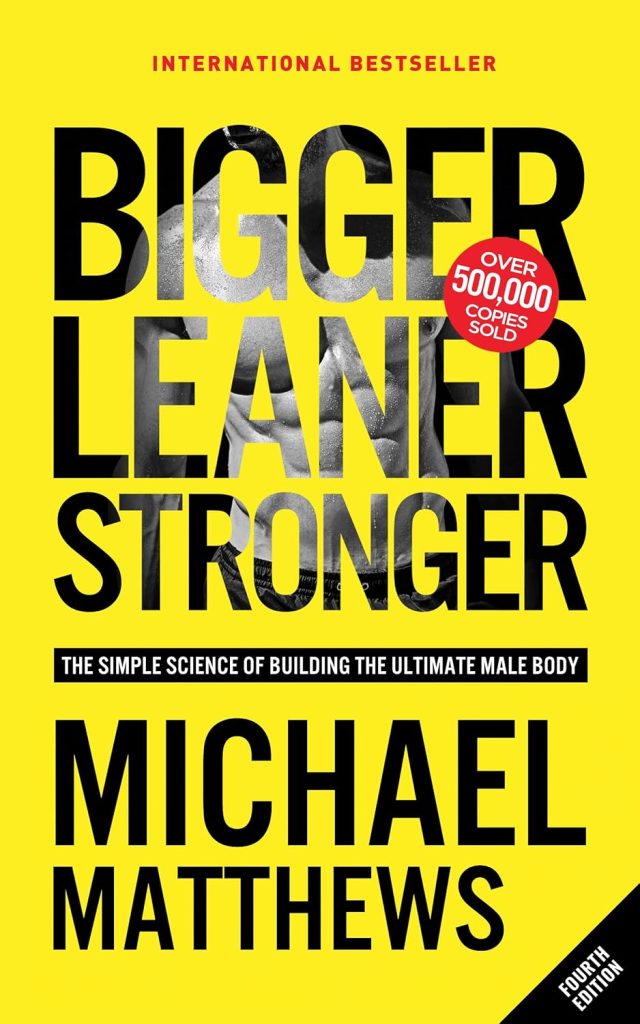
This book came up again and again in my research. Matthews has definitely cornered the market for people looking for a book about how to get shredded.
In terms of the advice, it was hard to fault Matthews for much. His prescriptions regarding diet and exercise mostly agreed with what I had read elsewhere, and his practical strategy seems like it would work.
This book didn’t resonate with me as much as it might have, probably because my motivation for improving this foundation in my life is much more about health and functional fitness than achieving a desired body. With that said, I can also understand why looking good is a stronger motivator for many.
7. The Story of the Human Body by Daniel Lieberman
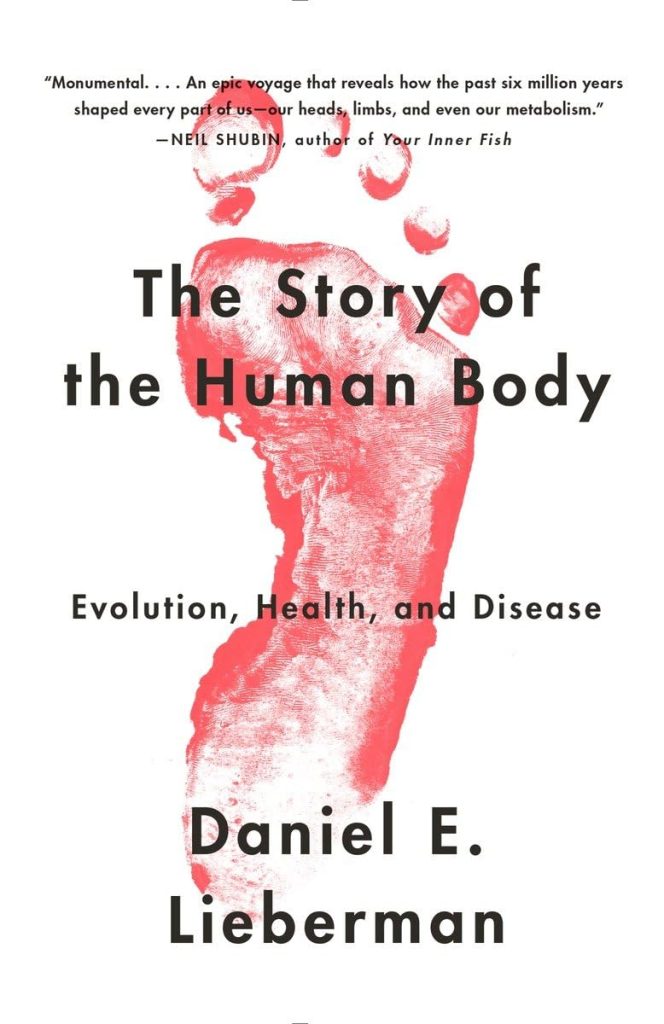
Lieberman argues that we suffer from a large range of “mismatch diseases,” disorders caused by our current environment being different from our ancestral environment. Some of these relate directly to fitness—such as our sedentary lifestyles causing a range of health problems.
But many of his other points were totally new to me. Lieberman argues persuasively that impacted wisdom teeth are largely a function of not enough chewy food during childhood, that flat arches are probably caused by shoes, and that lower back pain is at least partially due to our desire for comfy chairs and beds, resulting in weaker back muscles that make injury more likely.
8. Born to Run by Christopher McDougall

Born to Run is a delightfully weird book. Jumping back and forth between tales of lone gringo hermits running through the Mexican countryside, a tribe of superhuman endurance runners, and the evils of the running-shoe-industrial complex, McDougall never fails to entertain.
I greatly enjoyed the book, although I also think reading it might have jinxed me, as it was around the time I was finishing it that my knee started to hurt a little after my runs. (It seems fine now.) I found the deep dive into ultrarunning to be fascinating, even if I don’t think I’m going to ditch my shoes for those gecko-sandals anytime soon.
9. The Health Habit by Amantha Imber
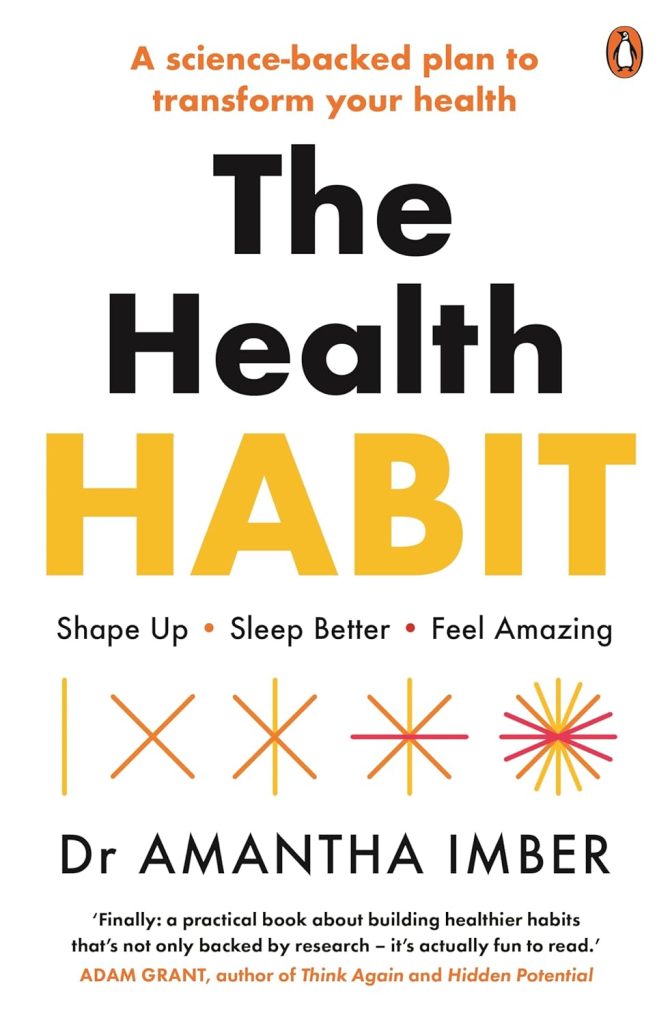
Since the actual recommendations for fitness are pretty straightforward (and, quite frankly, somewhat boring), it seemed prudent to read more about the behavioral psychology of getting and staying in shape. Imber’s book summarizes relevant psychology related to being healthier (Imber discusses diet and sleep, in addition to exercise).
From this book, I learned that studies show that giving yourself a “hall pass,” or permission to skip a day once or twice per week, improves long-term adherence to exercise, as does having a more flexible plan rather than a rigid one. These insights were important for me, since I tend to be stricter and more rigid when designing my own challenges.
10. Starting Strength by Mark Rippetoe
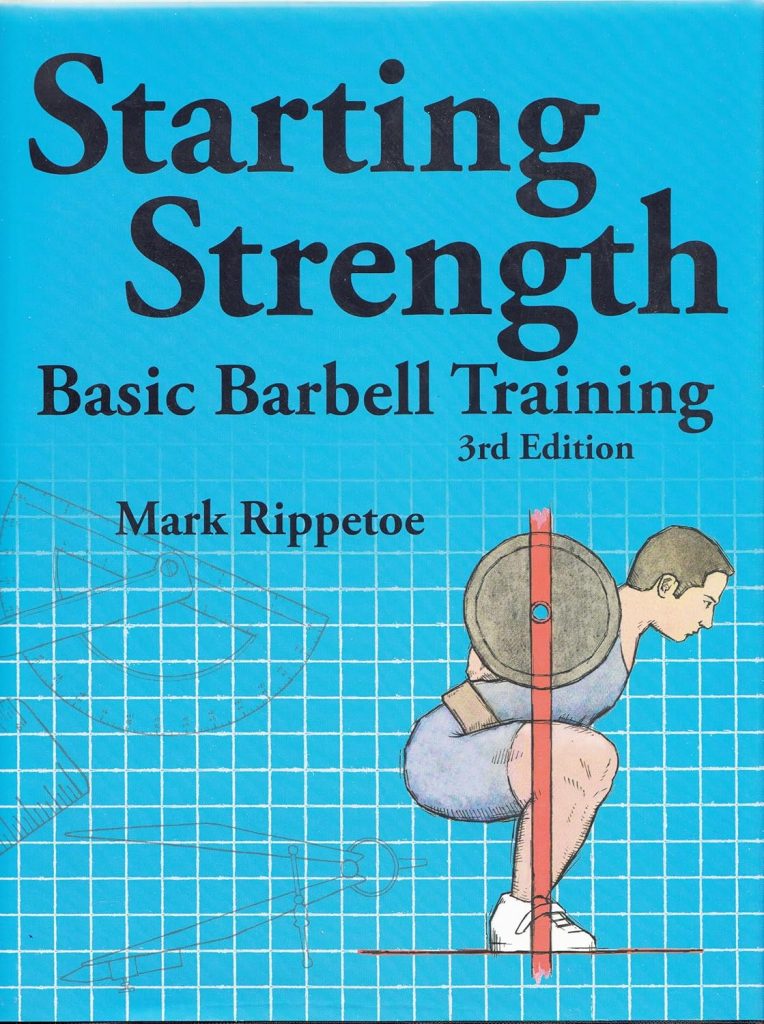
As I mentioned in my opening for this month, lifting weights has typically been my primary form of exercise. I’ve done a lot of it over the years, but I’ve also been wary about bad form potentially leading to injuries, particularly in the squat.
Rippetoe’s book isn’t a good substitute for coaching, but his incredibly detailed discussion of the exact biomechanics of key barbell exercises was helpful for me as I go back to lifting weights more regularly. This book probably isn’t for most people, but for the people it is for, it’s helpful.
11. Spark by John Ratey
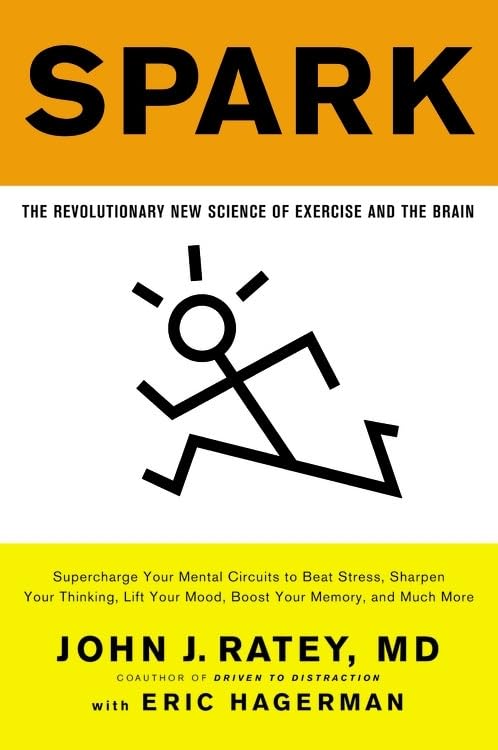
Ratey, a psychiatrist specializing in ADHD, argues persuasively that training the body is best seen as a side effect, and the real motivation to exercise is training the brain.
Ratey argues that regular exercise promotes learning and synaptogenesis, improves sleep, focuses the mind, and regulates hormones. He also contends that it can be used as a front-line treatment for depression and anxiety, as well as being a powerful auxiliary tool for dealing with ADHD.
12. The Joy of Movement by Kelly McGonigal
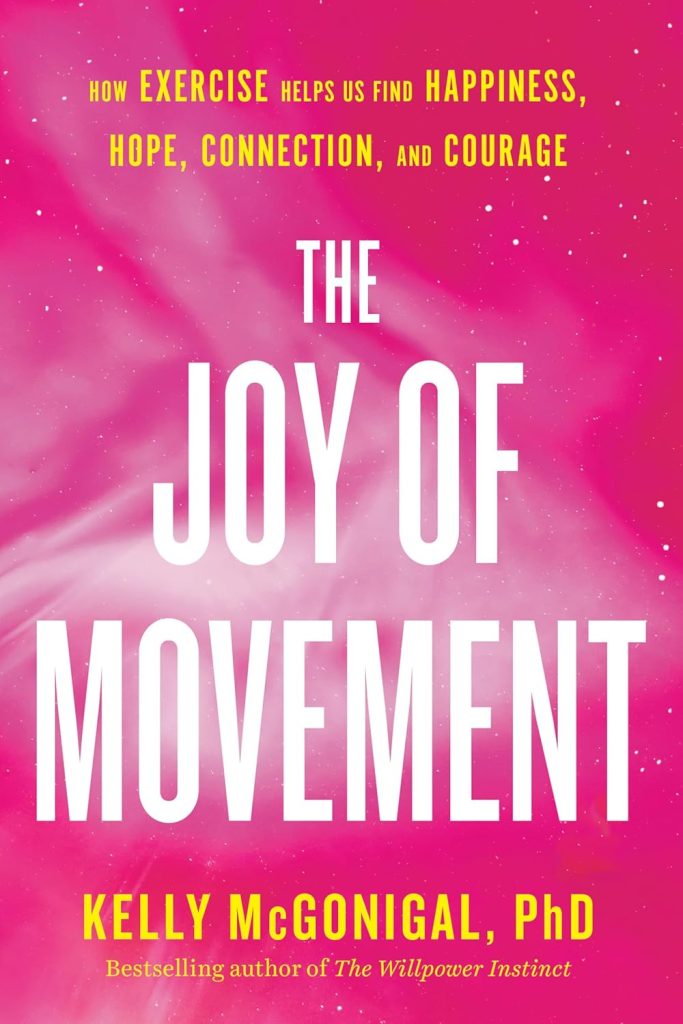
For fitness to last, it can’t just be the far-off reward of good health that keeps us going. We’re inherently short-sighted creatures, so sustaining the habit requires more than just benefits in the distant future; it requires rewards in the moment.
McGonigal’s book shares how fitness can make us happier. Part scientific how-to and part celebration of exercise, this book devotes chapters to the power of synchronization to form social bonds, music as an energizer, exercising in nature to uplift our mood, and endurance events to build self-efficacy.
13. Outlive by Peter Attia
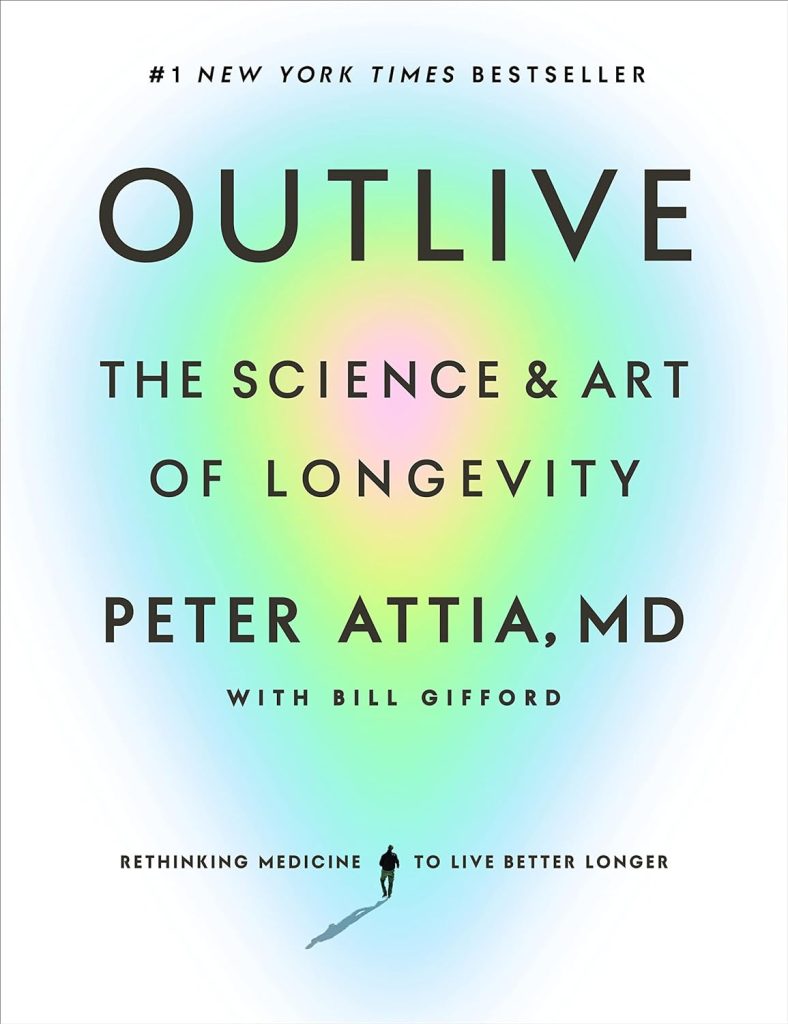
Attia is an engaging writer, so it’s not surprising his book has remained on bestseller lists since its debut last year. While the focus of this book on longevity is not exclusively fitness (he also has sections on diet, sleep and emotional health), it’s clear that fitness forms the core of Attia’s prescription.
Beyond the normal health-promoting advice to exercise, I found Attia’s idea of the Centenarian Decathlon—a list of physical activities you’d like to be able to perform on your hundredth birthday—to be a powerful reframing of the motivation for staying in shape. If declines in aerobic conditioning and strength occur by default with aging, then you shouldn’t be training to do the things you want to do now; rather, you should train harder so you can still do them even when you’re much older.
The longevity space attracts a lot of quacks, but I think we can all agree that exercise is an important component to living longer and better.
_ _ _
That’s it for my notes. Next week, I’ll provide a more personal update, sharing how the first month’s challenge went and my plans for the future.


 I'm a Wall Street Journal bestselling author, podcast host, computer programmer and an avid reader. Since 2006, I've published weekly essays on this website to help people like you learn and think better. My work has been featured in The New York Times, BBC, TEDx, Pocket, Business Insider and more. I don't promise I have all the answers, just a place to start.
I'm a Wall Street Journal bestselling author, podcast host, computer programmer and an avid reader. Since 2006, I've published weekly essays on this website to help people like you learn and think better. My work has been featured in The New York Times, BBC, TEDx, Pocket, Business Insider and more. I don't promise I have all the answers, just a place to start.